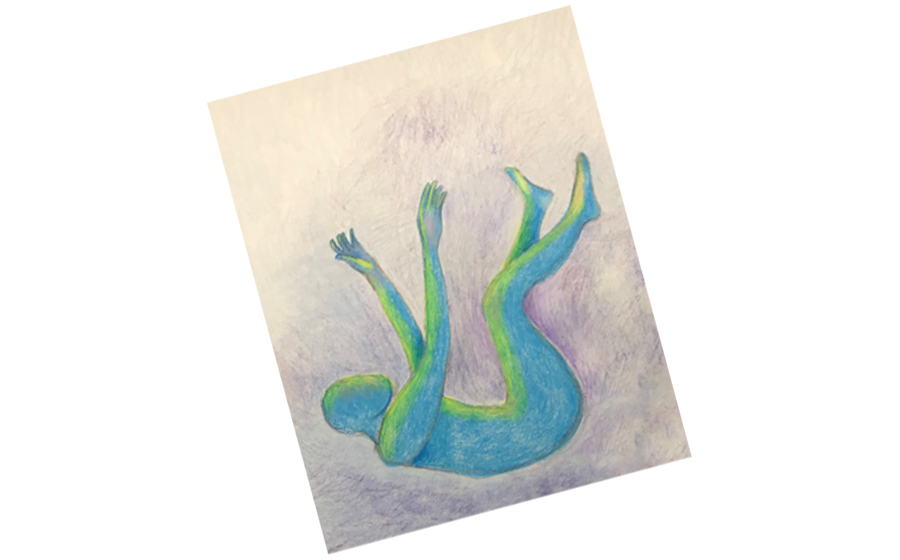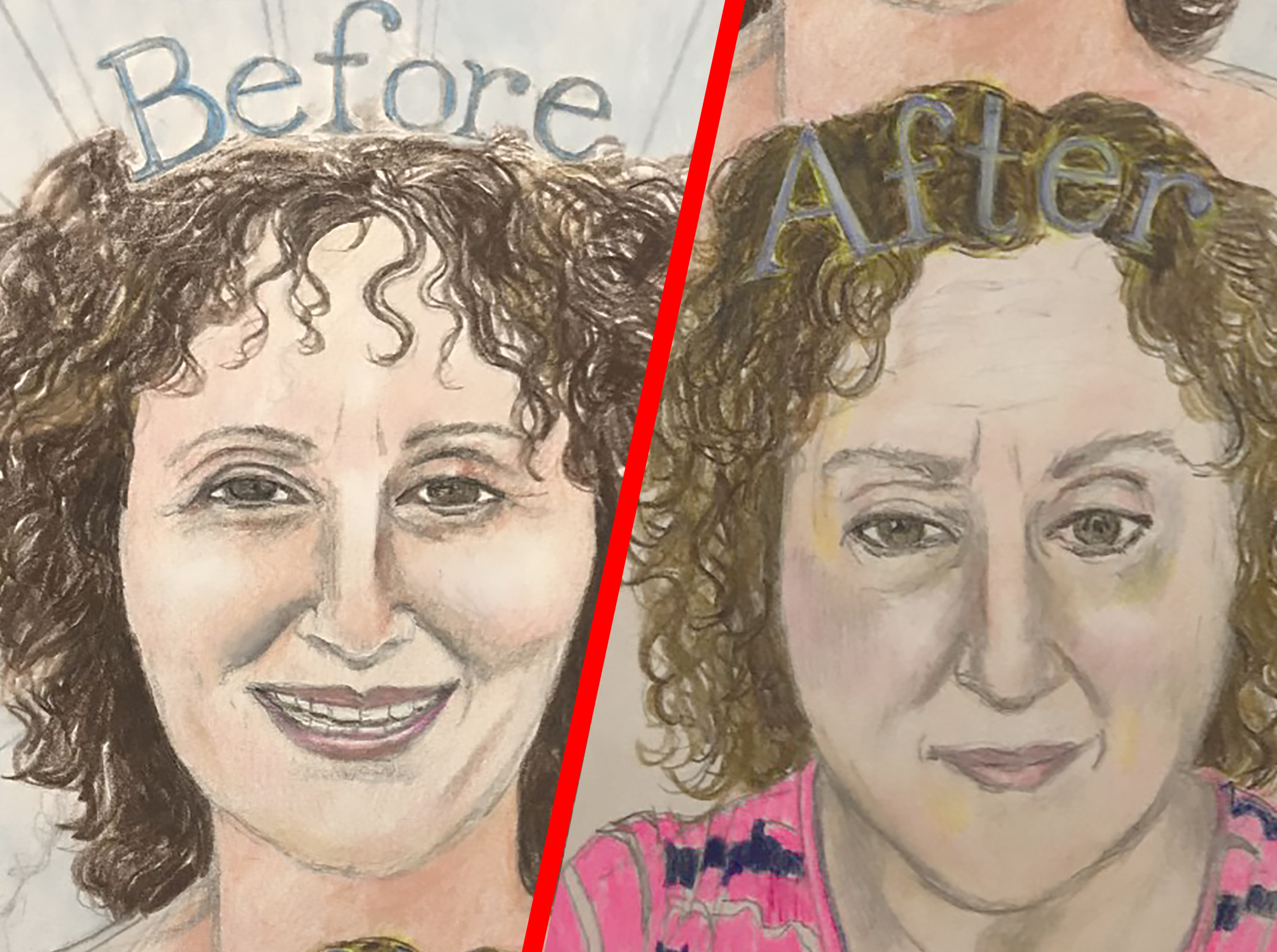
Early onset Alzheimer’s forces an artist and teacher to distinguish between letting go and giving up
I was diagnosed with early onset Alzheimer’s disease almost three years ago at age sixty-two. This is considered early or younger onset, and the disease often moves faster the younger one is. It is the most dreaded disease of all, because not only is it terminal, it is progressive, stealing abilities, language, thoughts, and memories. It steals the ability to function. To do. To sequence physical action. It changes one’s personality; you morph into someone you and your family and friends don’t recognize. It changes all the things that make a person human. The adult becomes like a child, regressing through stages, going backwards through time. It is living with impermanence, and while one is aware of the changes, there is a grieving for a self that is fading into oblivion.
A friend once said, “The past is always disappearing.” We hold onto knowledge of the world through history, but even history gets revised and dissected. On a personal level, we hold onto material possessions. But as time marches on we see we have no control over our material existence. Everything is mutable. Our bodies age and wither. The beautiful white wedding gown in which we danced and took our vows turns yellow, the fibers stiffen and crack.
We try to hold onto relationships, to our loved ones. Then our parents die. We mourn, we remember. We gather in the circle of life and watch growth and decay and the succession of generations. The very nature of life is change.
How does one go on in the face of living with a neurodegenerative disease? How do I live with Alzheimer’s knowing what I know now after already experiencing so many changes? How do I live seeing people linger who are more advanced in the disease than me? I position myself between not giving up and simultaneously letting go.

The life I had is gone. I was a teacher, an artist, a filmmaker, a university professor, a Fulbright scholar. I was an active member of my academic, religious, and political community. I mentored students, traveled the world, presented my films to international audiences. I had a large network of support and supported others in their pursuits. My young adult children looked to me for advice and validation as they developed their own careers and entered serious relationships. With the heralding of Alzheimer’s all of this has disappeared. My goals and aspirations gone.
My life has become a matter of balancing not giving up with the knowledge that this disease is unbeatable. This is the paradox of Alzheimer’s. That is why it’s called “the long goodbye.”
My life has been filled with art. I grew up in New York City, earned a master’s degree from Pratt Institute, worked at the Brooklyn Museum, owned a contemporary art gallery in SoHo, introduced my students to the Met, MoMA, Guggenheim, and more. I accompanied my students to Rome and Florence where we saw Michelangelo’s David and Botticelli’s Primavera. I traveled with them to Greece where we walked on the Acropolis. Yet I had never been to the Rubin Museum before my Alzheimer’s diagnosis.
The Rubin introduced me to Tibetan and Buddhist art, an art that views death as an opportunity for spiritual enlightenment. At the Rubin I’ve seen images and artifacts that have helped me confront my own mortality, artworks that point to spiritual regeneration.
I know that I am facing the end of my life. I will not have the opportunity to create my masterpiece. My life was a work in progress. Now I have a disease that has taken over and progresses every day. It is telling me to let go. Let go of my life. Let go of my ideas. Let go of my thoughts. Let go of my body. Let go of all attachment. Allow myself to say goodbye.
Memory Connections is a free program at the Rubin Museum for people with dementia and their caregivers.
About the Contributor
Minna Packer has been a filmmaker, producer, director, teacher, fine artist, and writer. Her film credits include the documentary Back to Gombin, and she was recognized as a Distinguished Fulbright Scholar for her work on the film narrative The Lilliput. Packer received the Nancy Malone Directing Award from New York Women in Film & Television. Her writing and illustrations are featured on her blog, Suddenly Mad: My Voyage through Early Onset Alzheimer’s.

Image Credit
Illustrations by Minna Packer

